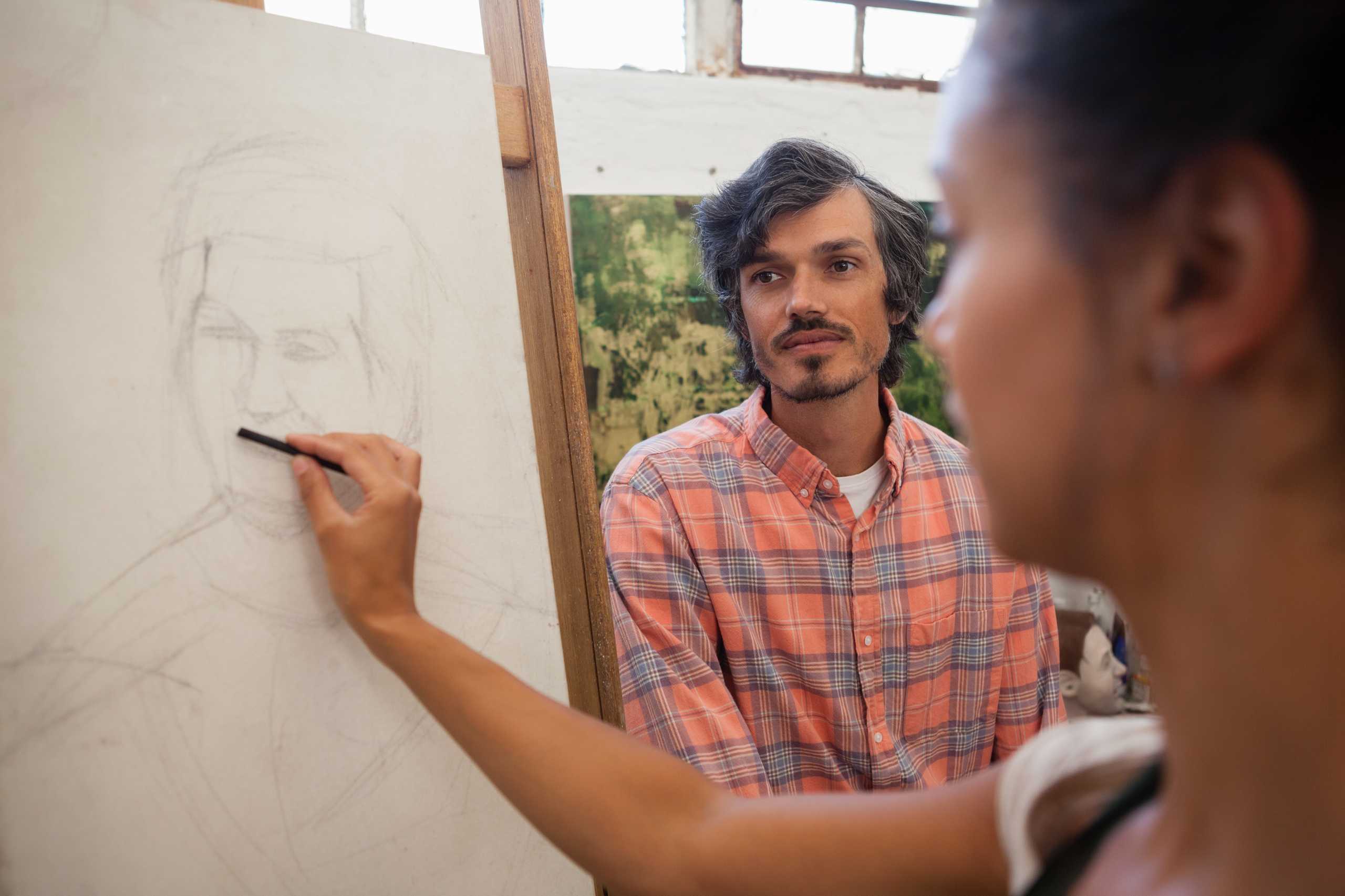Our Location
304 North Cardinal St.
Dorchester Center, MA 02124

Portrait retouching is more than just smoothing skin or brightening eyes—it’s about enhancing the natural beauty of your subjects while preserving their individuality. Every portrait tells a story, and mastering the right techniques allows you to bring that story to life with subtlety and elegance.
When you approach retouching, consider it a combination of technical skill and artistic vision. Start by focusing on the fundamentals:
A well-prepared base makes advanced retouching faster and more precise.
Once the basics are mastered, explore:
These techniques elevate portraits from simple edits to professional, magazine-quality results.
Knowing how much to adjust—and when to leave things untouched—is crucial. Our courses emphasize:
Portrait retouching is not just a skill—it’s a journey of visual storytelling. Each project challenges you to think critically, experiment creatively, and produce images that resonate emotionally with viewers. By combining technical mastery with artistic sensibility, you can transform ordinary photographs into truly compelling works of art.